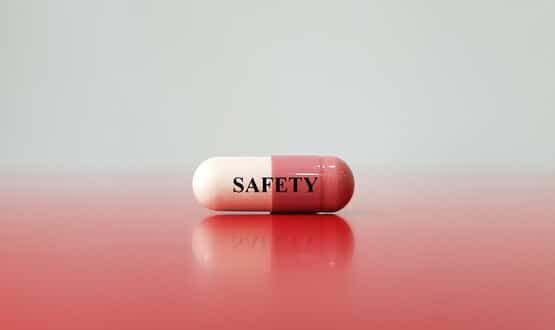St George’s tracks ePMA benefits
- 24 August 2015

St George’s Healthcare NHS Trust has eliminated instances of incomplete prescriptions on drug charts and increased allergy documentation to 100% using an e-prescribing system.
The trust implemented the Cerner Millennium electronic prescribing and medicines administration system in June last year and more than 40% of inpatient wards are now live.
The trust has been tracking benefits of implementing ePMA using a range of tools including audits, time in motion studies and real-time post implementation reporting
Lead pharmacist for IT Will Hall said that since implementation, the percentage of drug charts that are left with incomplete prescriptions has reduced from 62% to none.
Another area of improvement is around dosing as the system automatically calculates adult and paediatric dosing using information held in the EPR, which the doctor can then choose to approve or override if necessary.
The percentage of orders with inappropriate doses has reduced from 1.5% to none and the percentage where an inappropriate combination is used has also dropped from 3.3% to nothing.
The accuracy of drug charts has also improved in wards using the electronic system with greater legibility and reporting of the time drugs are prescribed as well as the number of signed prescriptions.
The trust has also increased its reporting of allergies with 100% now documented, compared to 90% with paper notes. The nature of the allergy is more routinely reported and allergy information is signed 100% of the time using the electronic system.
Nurses using ePMA work from worklists telling them when medications are due. Hall said the look and usability of these lists will increase in around three months’ time when the trust upgrades to the latest code base of Cerner Millennium. This will allow different views, from patient-centric up to ward level.
He said national studies have shown that 38% of medication errors happen at the point where the drug is administered. The trust saw that as the biggest risk so introduced a “closed loop” system to prevent it.
This means a staff member has to scan both the patient’s wristband and the medication before it can be administered. Any mismatch between the band and the drug means that they cannot proceed, preventing potentially harmful errors.
Since implementation there have been more than 2300 incidences where the incorrect medication was scanned and the system has stopped staff from entering the wrong patient’s profile 377 times.
In one month, staff were alerted about an over-dose or under-dose more than 1300 times from around 150,000 medications administered.
“Technology is a tool to help clinical staff so we need to involve people in this and how they work,” explained Hall.
“We don’t need 17 ways of giving medication in this organisation. We need to standardise and share practice with other organisations.”
Hall said the trust also did a time in motion study that followed the work of a pharmacist for a day on both paper-based and electronic-based wards. This found that while on a ward with ePMA the pharmacist spent more time on clinical activities like chart review and clinical review and less time looking for drug charts and checking transcriptions.
“I can’t tell you how much time I’ve spend looking for drug charts in my career; weeks upon weeks and it’s not a good use of my time,” he said.
Hall added that pharmacists now also work from electronically-generated worklists, allowing them to “just get on with stuff” rather than spend a lot of time information gathering.
While a concern has been that ePMA could reduce time spent with patients, or in communicating with other healthcare professionals, the St George’s study found pharmacists on ePMA wards spent more time at the bedside than on paper wards.
St George’s is using money from the ‘Safer Hospitals, Safer Wards: Technology Fund’ to start the roll-out of ePMA in anaesthesia towards the end of the year and the rest of the inpatient wards will go-live from next April.




